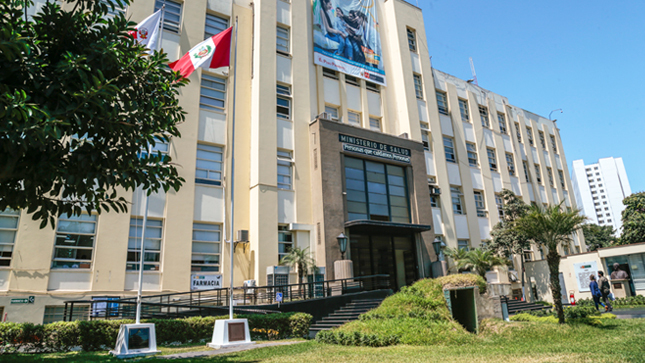On Saturday, Peru’s Ministry of Health (Minsa) issued a new epidemiological alert to public and private health facilities across the country following an increase in dengue fever cases and outbreaks in recent weeks.
The health institution stated that 58,117 cases and 75 deaths had been reported to date, with the regions of Piura, Loreto, San Martin, Junin, Cajamarca, Ucayali, Cusco, Amazonas, Huanuco, and Madre de Dios being the most affected.

He explained that of the total number of cases reported, 50,870 (87.53 percent) are due to dengue fever without warning signs, 7,054 (12.14 percent) are due to dengue fever with warning signs, and 193 (0.33 percent) are due to severe dengue fever.
In comparison, the national mortality rate is 0.13 percent.
“Piura and Madre de Dios have high cumulative incidence rates, reaching 175 affected per 100,000 inhabitants,” he added.
The Minsa also reported that the mosquito that transmits this viral disease is called “Aedes aegypti” and is common in 22 regions, 94 provinces, and 528 districts of the South American country.
He also pointed out that the persistence of dengue transmission is due to environmental, geographic, and social factors, the high migration of populations to and from endemic areas, and the lack of potable water, among others.
“In addition, dengue is seasonal, coinciding with the rainy season in the Amazon and with the summer season on the country’s coast,” he said.
With the new epidemiological alert, the second this year, the Minsa aims to strengthen the epidemiological surveillance system and preparedness and response measures to protect public health in areas at risk.
The increase in dengue cases in 2022 was higher than the previous year, as 30,873 cases and 28 deaths were recorded by the same date in 2021.

